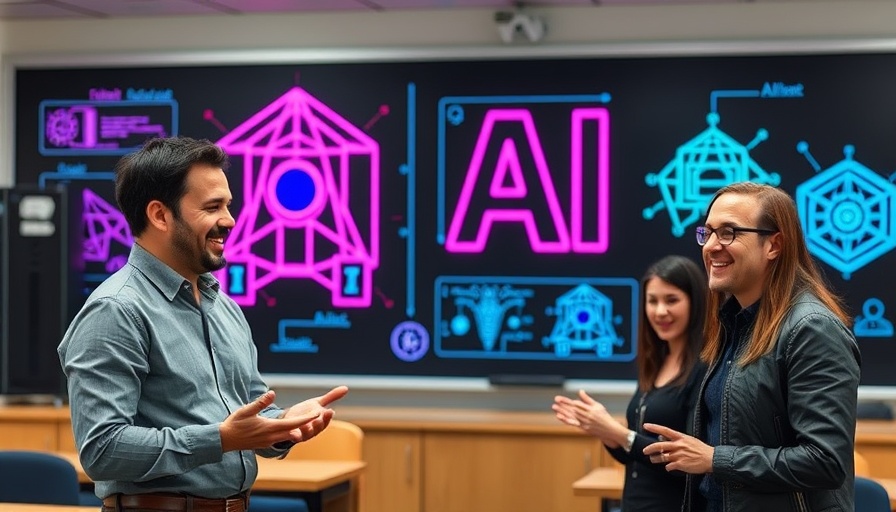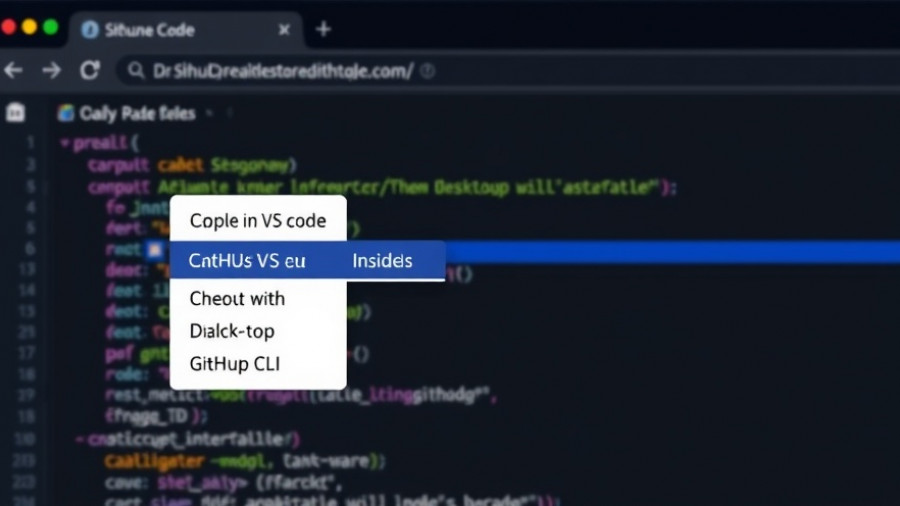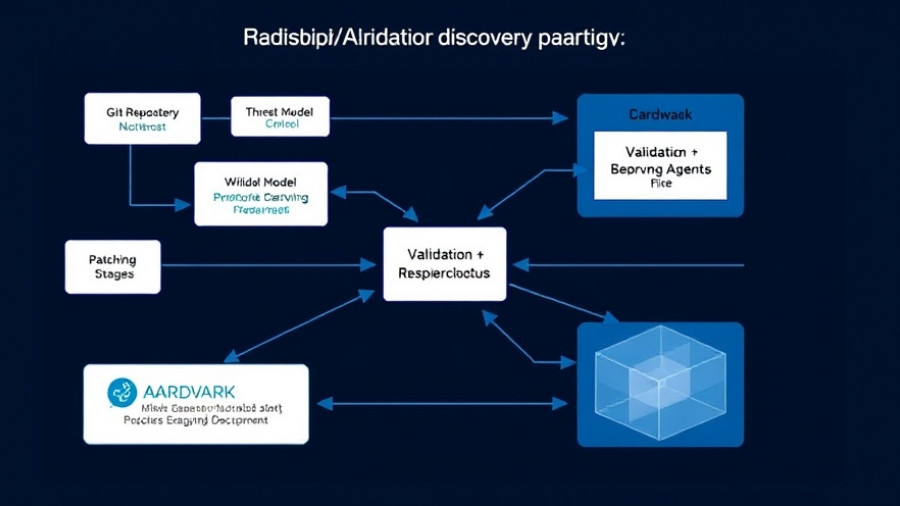
A New Frontier: AI Agents Transforming Enterprise Computing
The integration of AI agents and large language models (LLMs) into mainframe computing represents a significant shift in how enterprise systems manage their operations. For decades, mainframes have operated within segmented environments, relying on basic event reporting systems to flag issues. However, with the emergence of AI agents, organizations can now shift from reactive system management to a more proactive and intelligent approach. This transformative capability, as highlighted by IBM Fellow Rosalind Radcliffe, is fundamentally changing the operational efficiency of enterprise IT infrastructures.
From Reactive to Proactive: The Evolution of Mainframe Management
Traditionally, mainframe management has suffered from limitations that reduced system performance and responsiveness. The rudimentary “Call Home” facility could only inform administrators of basic issues, such as overheating hardware, but lacked the contextual awareness necessary for comprehensive solutions. In contrast, AI agents offer a profound leap forward. Unlike their predecessors, which primarily raised alerts, these agents are designed to perceive a range of inputs, make informed decisions based on those inputs, and act autonomously. This evolution in capability is central to unlocking the full potential of enterprise computing.
Understanding the Role of Context and Knowledge
The power of AI agents lies in their ability to operate within a defined context—essentially the business objectives that they seek to optimize. This can involve minimizing downtime or efficiently managing CPU usage. By establishing a persistent context, AI agents ensure their actions align with strategic business needs, promoting organization-wide efficiency rather than addressing isolated incidents. Moreover, the agents draw from a vast pool of structured and unstructured data, utilizing knowledge to derive actionable insights and utilize various tools to interpret complex data patterns intelligently.
The Holistic View: Bridging Sysplex Management Challenges
One of the major advantages of implementing AI agents in complex, multi-sysplex environments is their ability to provide a holistic overview of system performance. Traditionally, system administrators manage each sysplex in isolation, complicating load balancing and proactive issue resolution. AI agents, however, can consolidate information across multiple systems, facilitating superior decision-making. As Radcliffe points out, employing agent technology across all systems allows for better decision-making and dynamic load rebalancing, ultimately optimizing the entire computing ecosystem.
Empowering IT Staff: Reducing Manual Processes
The transformation brought by AI agents is not just technical; it has meaningful implications for the roles of system programmers and site reliability engineers (SREs). With the ability to automate responses to events and manage workloads intelligently, IT professionals can shift their focus away from manual data analysis and reactive troubleshooting. Tasks such as shutting down non-critical systems during peak loads can become automated processes led by AI agents that understand the broader context of operations, enhancing overall productivity.
Future Predictions: The Role of AI in Enterprise Computing
As organizations embrace this evolution, the role of AI agents will undoubtedly expand. Future predictions suggest that the integration of agentic AI will lead to even more sophisticated functionalities. By continuously learning from operational patterns and adapting to changing business environments, these agents could become essential decision-makers in real-time. Alignment with broader organizational goals will enable businesses to achieve a higher level of operational efficiency and strategic foresight.
Conclusion: Embrace the AI-Driven Future
The convergence of AI agents and mainframe computing is ushering in a new era of optimized enterprise environments. As this technology continues to evolve, businesses must be prepared to harness these innovations to remain competitive. Organizations can strive to leverage this sophisticated technology actively, ensuring they are ready for the challenges and opportunities that lie ahead.
By understanding the capabilities of agentic AI and its potential to reshape enterprise computing, businesses can position themselves better for the future while streamlining their operations and increasing efficacy in an ever-evolving technological landscape.
 Add Row
Add Row  Add
Add 




Write A Comment